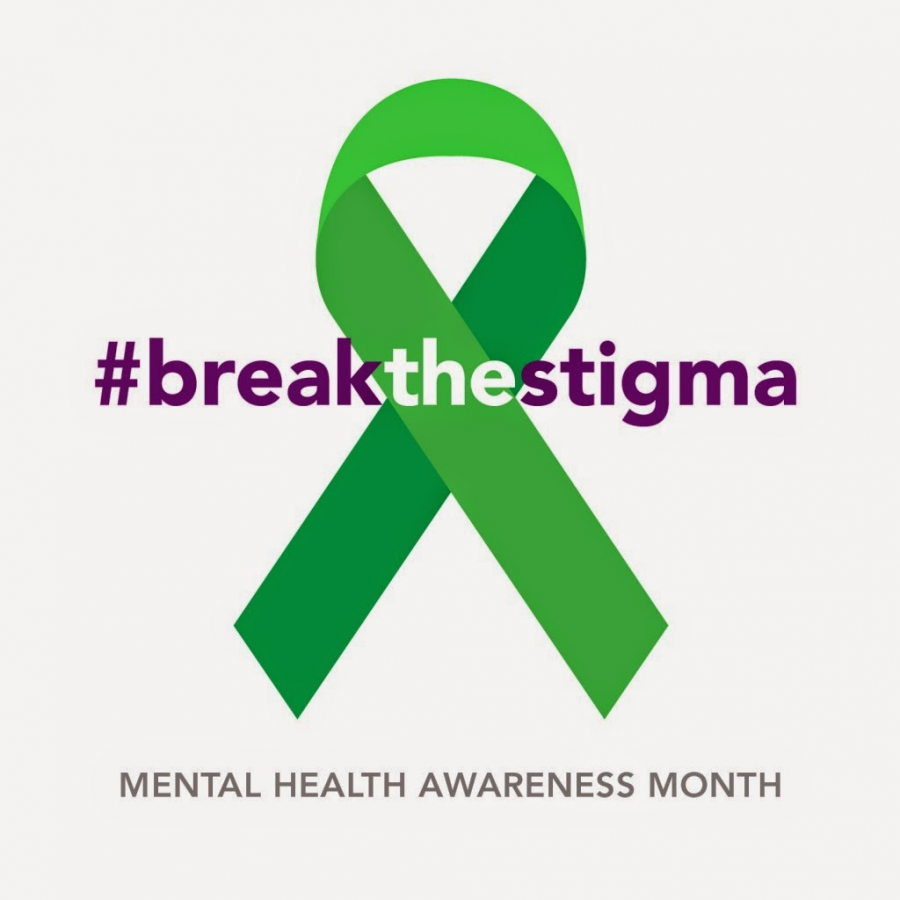Mental Health in Schools
February 13, 2020
Over the past few decades, mental health awareness has been introduced to the public and knowledge and resources have been provided to better treat people who might be suffering from some form of illness that is not always a physical one. Medications and therapies have been provided to those that need help, and the public has become more aware of the afflictions of the brain that are not always visible on the outside. Many old stereotypes and other forms of ignorance about mental illness have been struck down over the years. However, in a school setting, this may not always be the case. Although students attend health classes and are educated on the workings of the brain and mental and emotional health, it is the teachers and administrators that do not always address or recognize symptoms or problems in their own students, and the school system itself can contribute to some of the issues young people face with mental health.
The environment in a school can often be both busy and chaotic, and the stress of in class and out of class work can affect students and take a toll on their mental health. Research shows that most mental conditions appear at a young age, with ¨75% by age 24¨(National Alliance on Mental Illness). Conditions like depressive and manic disorders have symptoms that could distract students and young people from their studies both in and out of the classroom, and it has been proven that school is a source of high stress and anxiety for many young people, with ¨1 in 5 youth,¨ (NAMI) experiencing a mental health condition during their school years. In the classroom itself, teachers do not always notice students who might be dealing with a problem, and if that student is struggling to finish their work or are acting out in the room because of symptoms of a problem, the teachers and administrators do not always address the issue in the right way. Instead, they might punish that student for behavior or missing work, and do not always take it into account that someone might be severely stressed from another situation or dealing with a mental health problem.
In recent years, schools have worked to raise awareness for mental health, and most have counselors and trained psychologists to help with both in school and out of school problems. Many teachers also work tirelessly to promote mental health awareness and try to address the issues that affect the youth. However, these approaches to mental health do not always solve problems. According to the National Association of School Psychologists, ¨up to sixty percent of students do not receive treatment due to lack of access to services, and the stigma that surrounds it¨. In schools, mental health care is often provided, but it is not always accessible, because there might not be enough resources to provide that care for everyone, and as a result many students still go untreated.
There are some solutions to these problems with mental health in schools. Raising awareness about mental health in adolescents is very important, and educating both students and teachers in schools about various symptoms and illnesses are crucial to understanding how the school system and other factors can affect mental health. Making more resources available to students are also important, because people cannot get help if there are no resources for them to use, and more school systems, as well as the government, should be aware of mental health and how it affects the youth. People both within and outside the school system also need to be educated and aware of mental health and school, and stereotypes surrounding mental illnesses need to be stopped, because people might not get help if they think they would be stigmatized for having a mental health problem.
Over the years, mental health awareness has spread across the country, and many old ideas and stigmas have been stopped due to education and the availability of treatment for mental illnesses. However, although many people are educated about mental health, school systems do not always have the right resources for treating students, and there is still stigma surrounding mental health. To fix these problems, awareness needs to spread throughout communities, and resources must be made available to people who need help. This way, a better environment can be created in school with mental health.
Works Cited
“NAMI.” NAMI, www.nami.org/Learn-More/Public-Policy/Mental-Health-in-Schools.
“School-Based Mental Health Services.” National Association of School Psychologists (NASP), www.nasponline.org/resources-and-publications/resources-and-podcasts/mental-health/school-psychology-and-mental-health/school-based-mental-health-services.











